‘We should trust … that they know how to do this’: Aldermen narrowly approve amended TIF South
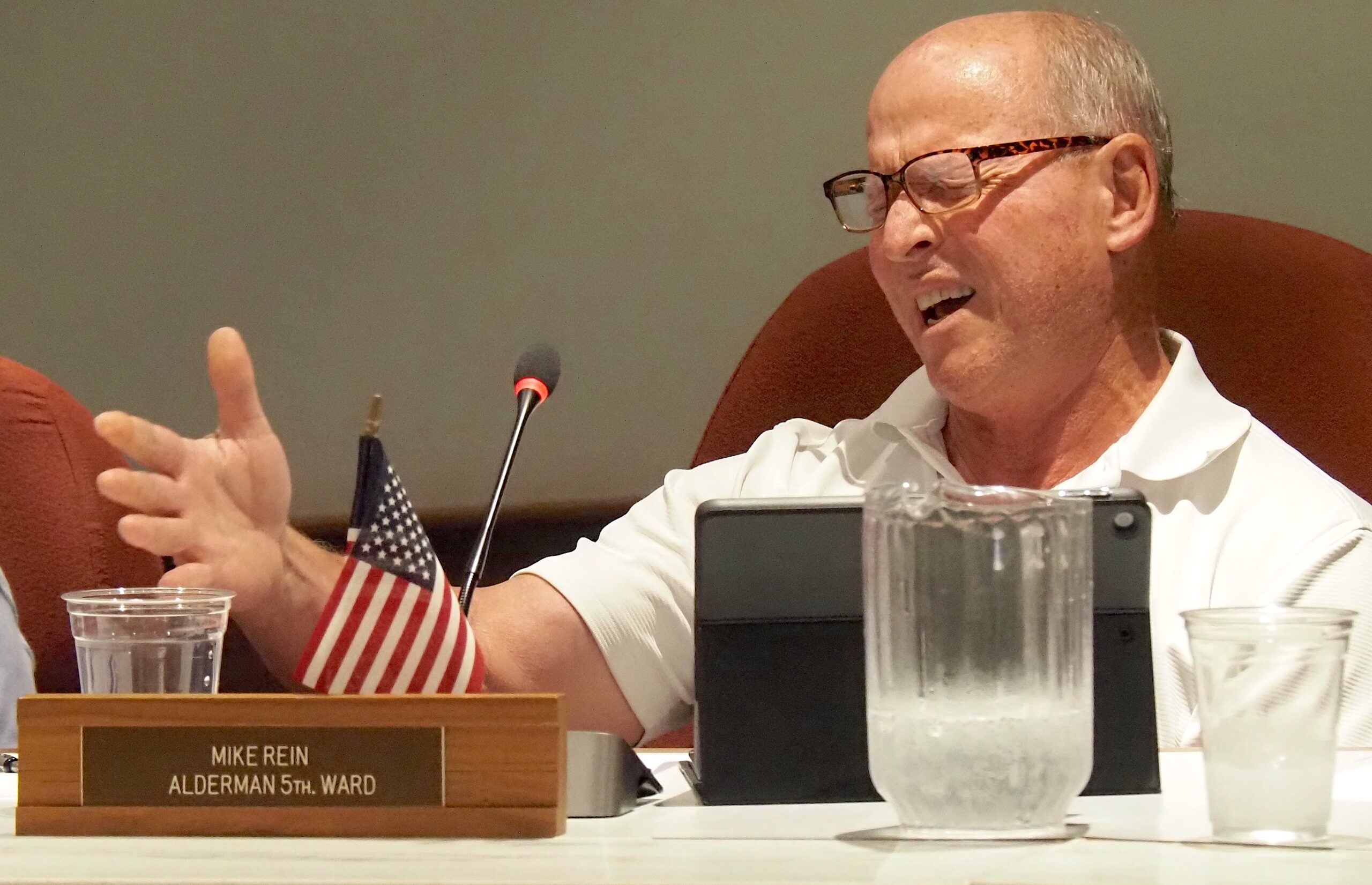
QUINCY — The Quincy City Council approved an ordinance approving a tax increment financing plan on Quincy’s south side, but not without a couple of tweaks, during Monday night’s meeting.
Four weeks after the vote was tabled, aldermen voted 8-6 to create the city’s third designated TIF zone. TIF districts dedicate a portion of tax revenues generated within the TIF for improvements within those zones. TIF South will be in the German Historic Village area, encompassing 14 square blocks and approximately 125 private parcels around Eighth and State streets.
Voting in favor of establishing TIF South were Eric Entrup (R-1), Ken Hultz (R-3), Kelly Mays (R-3), Glen Ebbing (R-5), Richie Reis (D-6), Jake Reed (R-6), Ben Uzelac (D-7) and Jack Holtschlag (D-7).
Voting against the proposal were Greg Fletcher (R-1), Jeff Bergman (R-2), Dave Bauer (D-2), Mike Farha (R-4), Tony Sassen (R-4) and Mike Rein (R-5).
Aldermen passed two amendments introduced by Rein. One prevents any currently elected official with the city’s six taxing bodies — the City Council, Quincy Township, Quincy School Board, John Wood Community College, Adams County Board and Quincy Park District — in 2024 from receiving TIF money for any project — ever.
The second amendment requires what Rein called “a hard sunset” — preventing an extension of TIF South. Under Illinois law, a TIF district may last for up to a maximum of 23 years. However, this period can be extended by 12 additional years. Assistant Corporation Counsel Bruce Alford said the amendment was essentially symbolic and could not bind aldermen in the future.
A third amendment, also introduced by Rein, that would have restricted TIF money to be used only for public infrastructure was defeated by a 9-5 vote.
“The TIF system is a good system. It does what it is supposed to do if it focuses on public infrastructure,” Rein said during the meeting.
However, his idea of limiting TIF money for public infrastructure was met with concern.
“If you look at TIF East and TIF (West) have grown their dollar amounts, the rental rehab program that is being used for private property owners and private developers, they were incentivized to make improvements for housing on like the second floors. That generated the higher property value, which goes into the TIF,” Mayor Mike Troup said. “Without that, I don’t know that you’re going to the growth to be able to use any money for infrastructure.”
“To take public money and go into private industry or a private business or residential, it just doesn’t feel right,” Rein said.
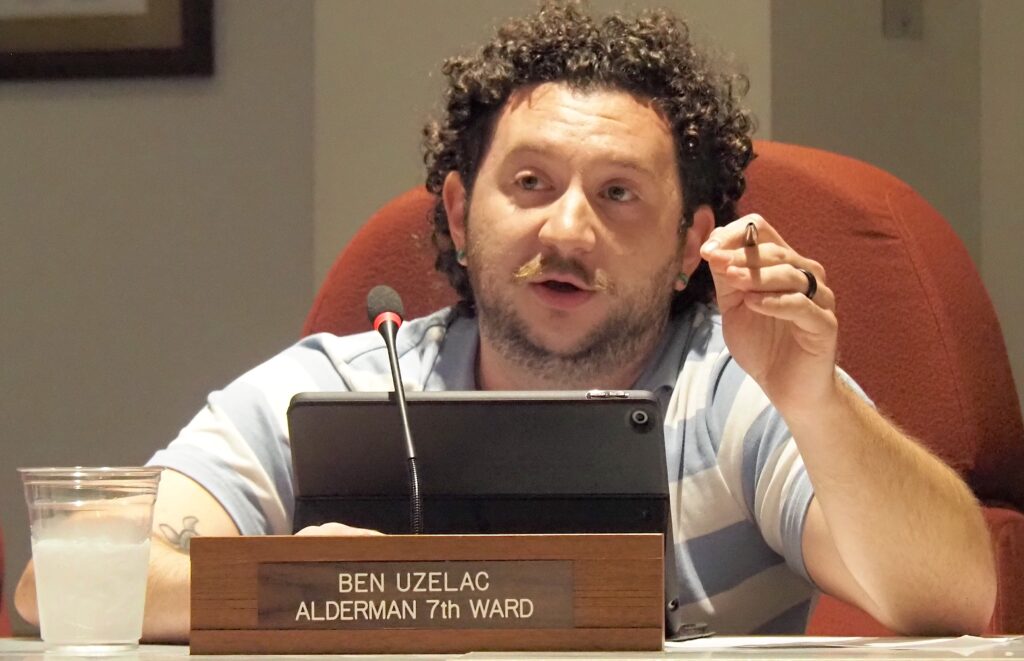
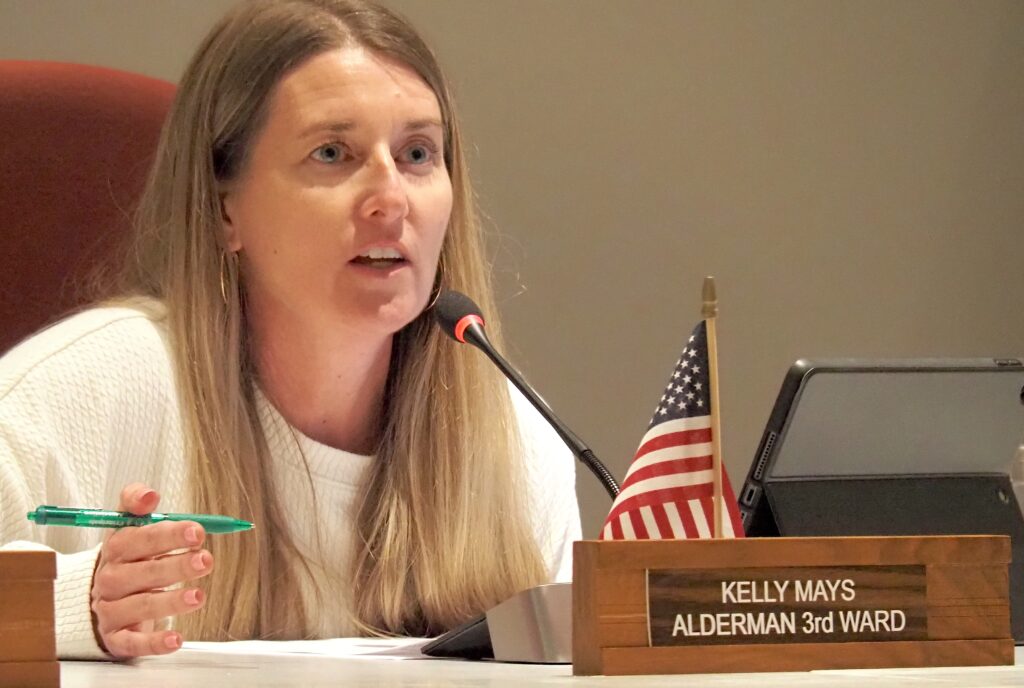
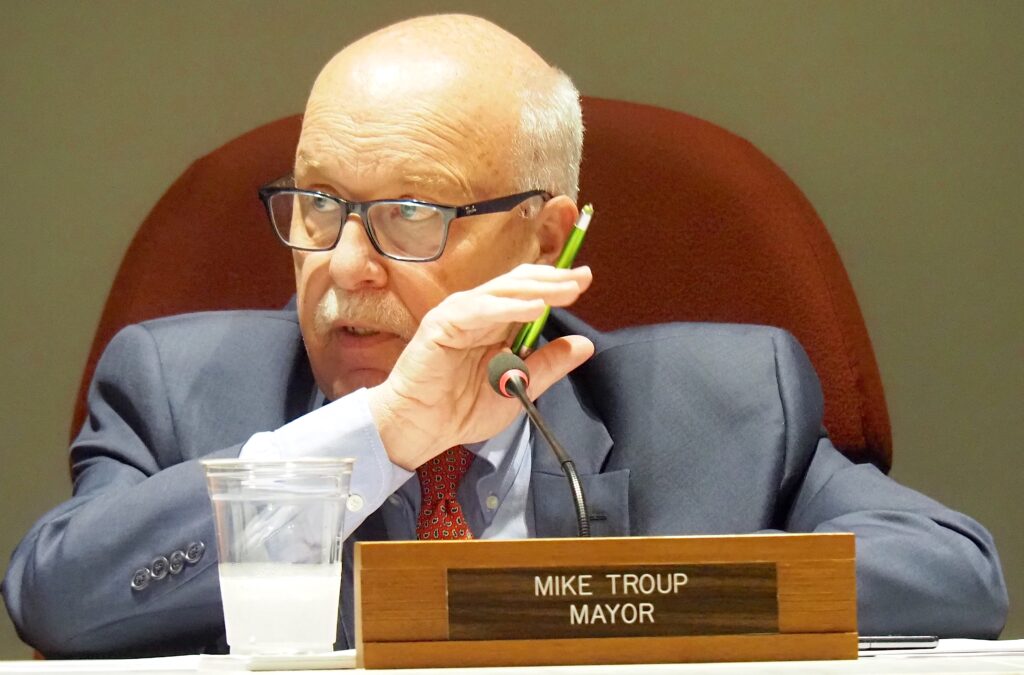
City Planner Chuck Bevelheimer answered a question from Uzelac, explaining that when starting a TIF district, the equalized assessed value in the district is frozen. To grow the EAV, the values of properties must increase to raise property taxes.
“To raise the EAV from that frozen amount, you have to have private development to encourage it so the EAV increases so you can capture it,” Bevelheimer said. “That captured amount is what goes toward the infrastructure improvements, as well as encouraging more private investment.”
Uzelac said if an area has stagnant or declining property tax rates, and then a TIF is started, the city didn’t see much of an increase at first because it was only focusing on infrastructure.
Bevelheimer said the downtown rental rehab rental program used TIF dollars to spur private investment into 36 residential developments.
“For every one dollar in public money used, we got three dollars in investment downtown, which was growing the EAV,” he said. “That’s why we went from $5.1 million EAV for TIF West to a $14 plus million EAV.”
“Until we had that program, we were not seeing any return on that TIF,” Uzelac said. “Without the program, the TIFs weren’t generating any money that could be used for infrastructure. We have to have (those kinds of) programs if we want to leverage the TIF for infrastructure to take the burden off the general fund.
“If we’re limiting the TIF to only being used for infrastructure, and nobody here is arguing that infrastructure is not important or that this TIF won’t be used for that, but if we’re limiting it explicitly to that, then there’s no point.”
Bevelheimer also said TIF dollars can be used to match grants for infrastructure improvements.
Near the end of the TIF discussion, Mays said the city has successfully managed two other TIF districts.
“We should trust Chuck and the (planning) department that they know how to do this,” she said. “We should let them do it the way they’ve been doing it, and every request still comes back to us. We will still have to approve every dollar they spend. If we only let them do certain things, it’s not going to be successful.”
After the meeting, Rein said he wished the final vote count would have been 7-7, forcing Troup to cast the tie-breaking vote, rather than 8-6.
“The only thing that surprised me is that I think there’s still a general misunderstanding of what (a TIF) is,” he said. “I mean, I don’t object to the south TIF. I think it can do some good. But I only want two, not three. We’re just tying up taxpayer money from all those other taxing districts. This old one (TIF West), this 25-year-old one, needs to turn that money loose and back to the taxing district. That’s my only issue.”
Uzelac said afterward he thought the ordinance had enough votes to pass beforehand, though he was surprised by the amendments.
“I really want city government to take as long as it needs,” he said. “People talk about a lot of government red tape and how things move slowly, but the reality is, especially on a local level, we want to have the conversations. We want people to be informed. Unfortunately, I think people are horribly misinformed about what a TIF does.
“A TIF benefits everyone in the community because everyone in the community is paying property taxes. When you establish a TIF, it lessens the burden on the taxpayers outside of the TIF to support those infrastructure needs inside the TIF. Taxing bodies that vote to approve or recommend approval of a TIF, they’re good with it. They’re saying, ‘We don’t need these extra dollars.’ Those bodies wouldn’t agree to it if they didn’t see the benefit for the community at large.”
Bruce Guthrie, president and CEO of the Quincy Area Chamber of Commerce and one of the most staunch supporters of TIF South, was simply relieved.
“It surprises me the amount of time it takes to continually educate and try to get facts out about the positive attributes,” he said. “This type of tool is just so wonderful in this community, just like enterprise zone and other types of assistance that we give developers and we give people.
“I’m glad we got through it so we can move forward and do what we need to do in the community. Make it better, get our communities better, work together. There’s so much private-public partnership here. We’ve proven it with the other TIFs, and we’re going to see it in this new one.”
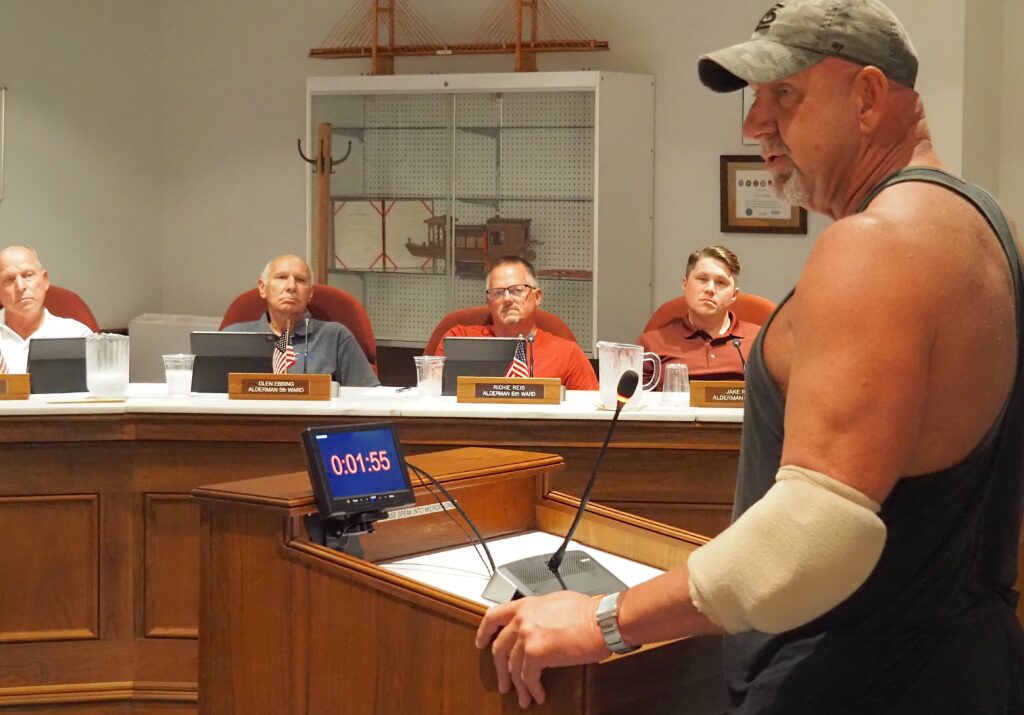
Miss Clipping Out Stories to Save for Later?
Click the Purchase Story button below to order a print of this story. We will print it for you on matte photo paper to keep forever.

